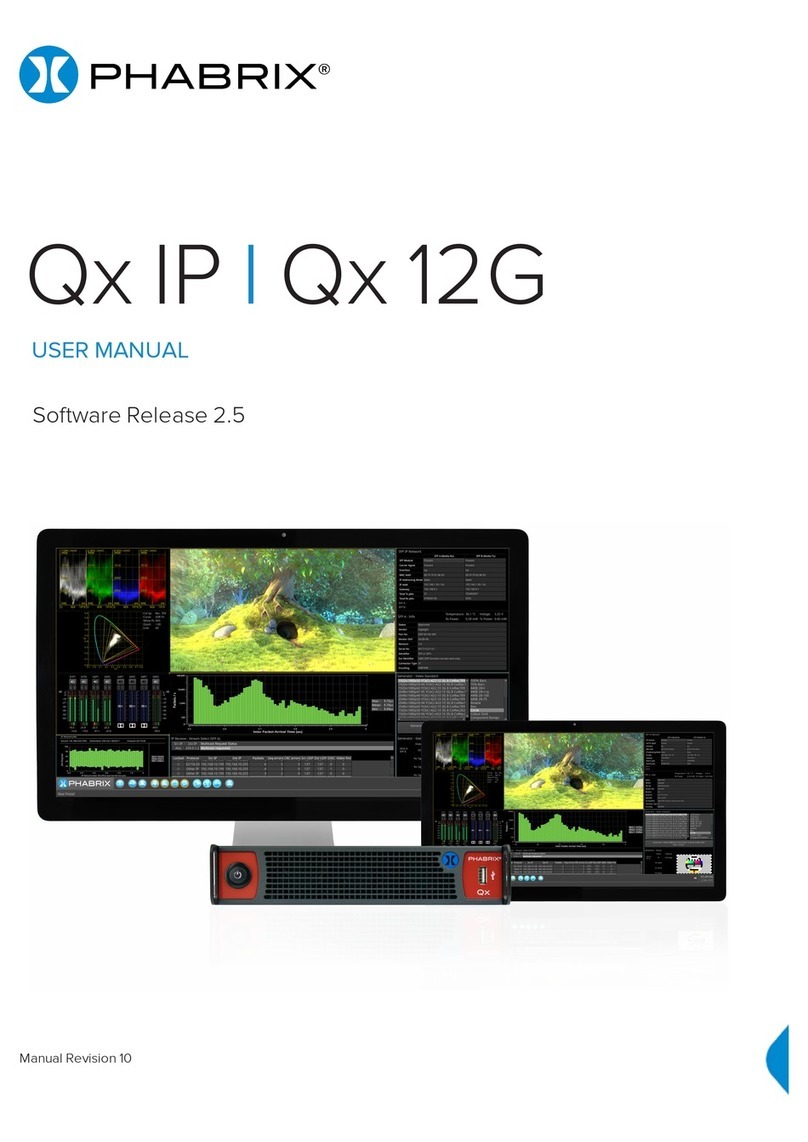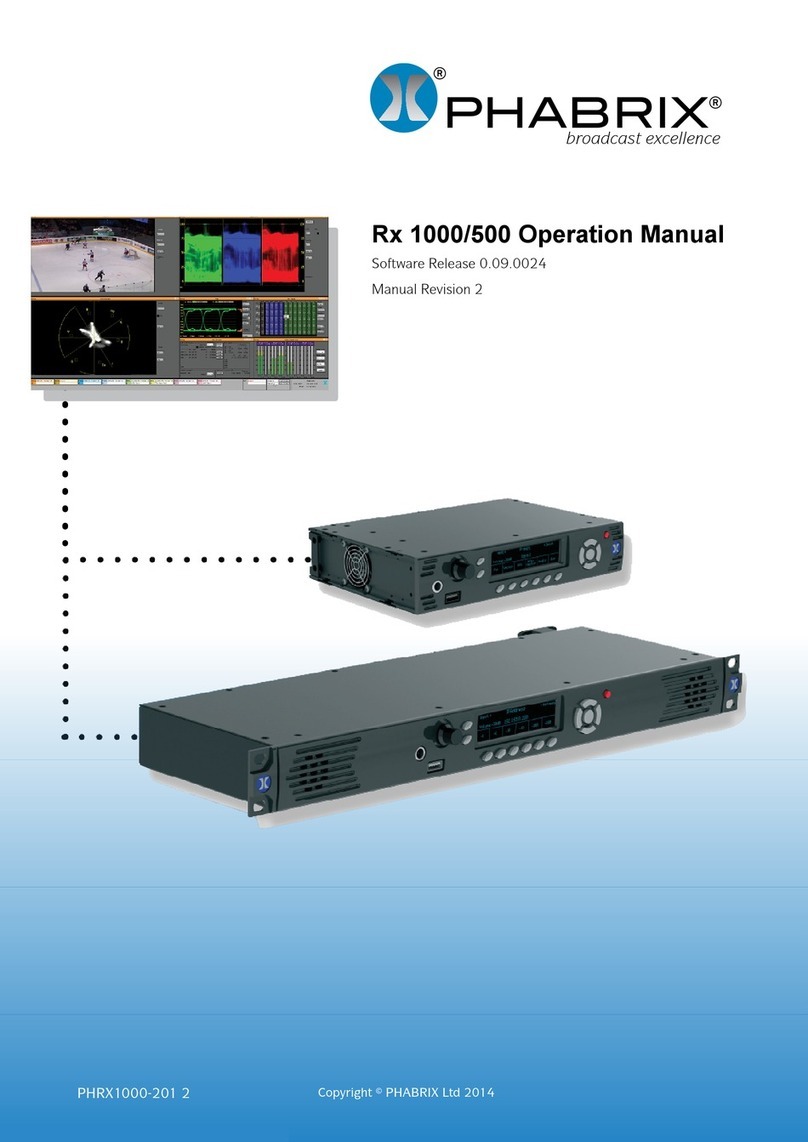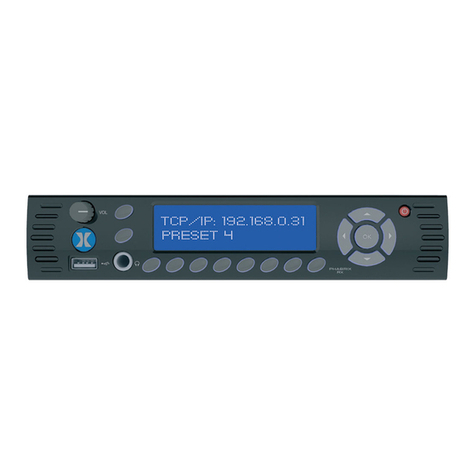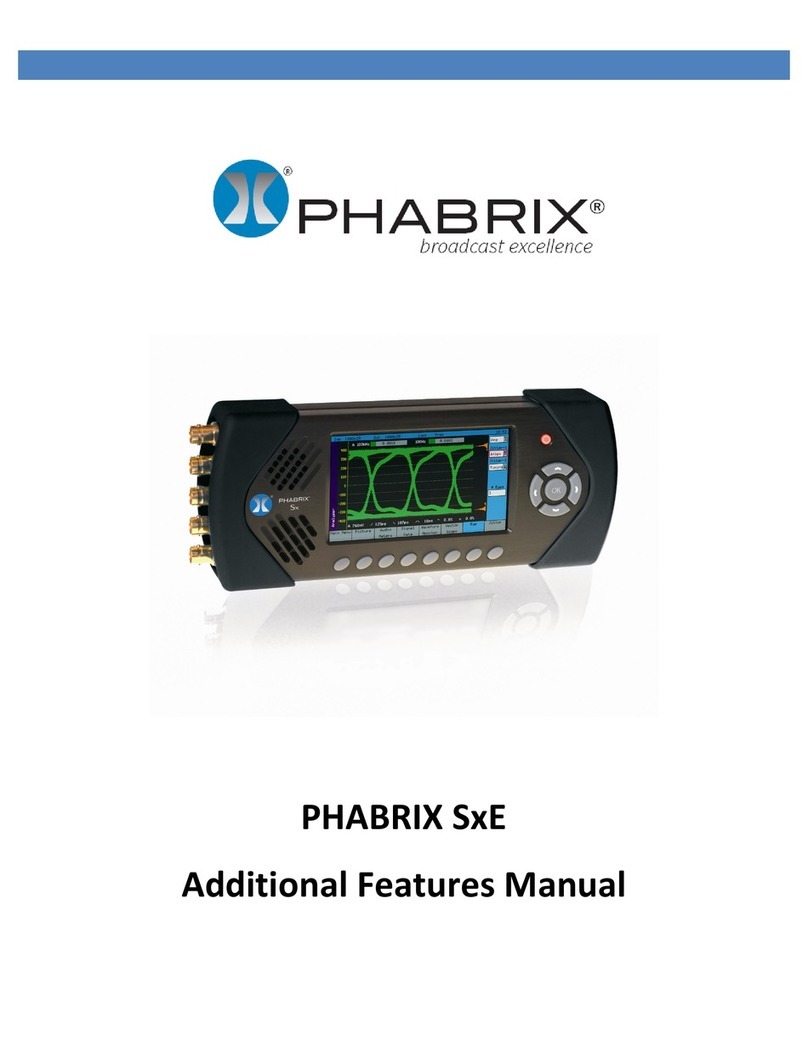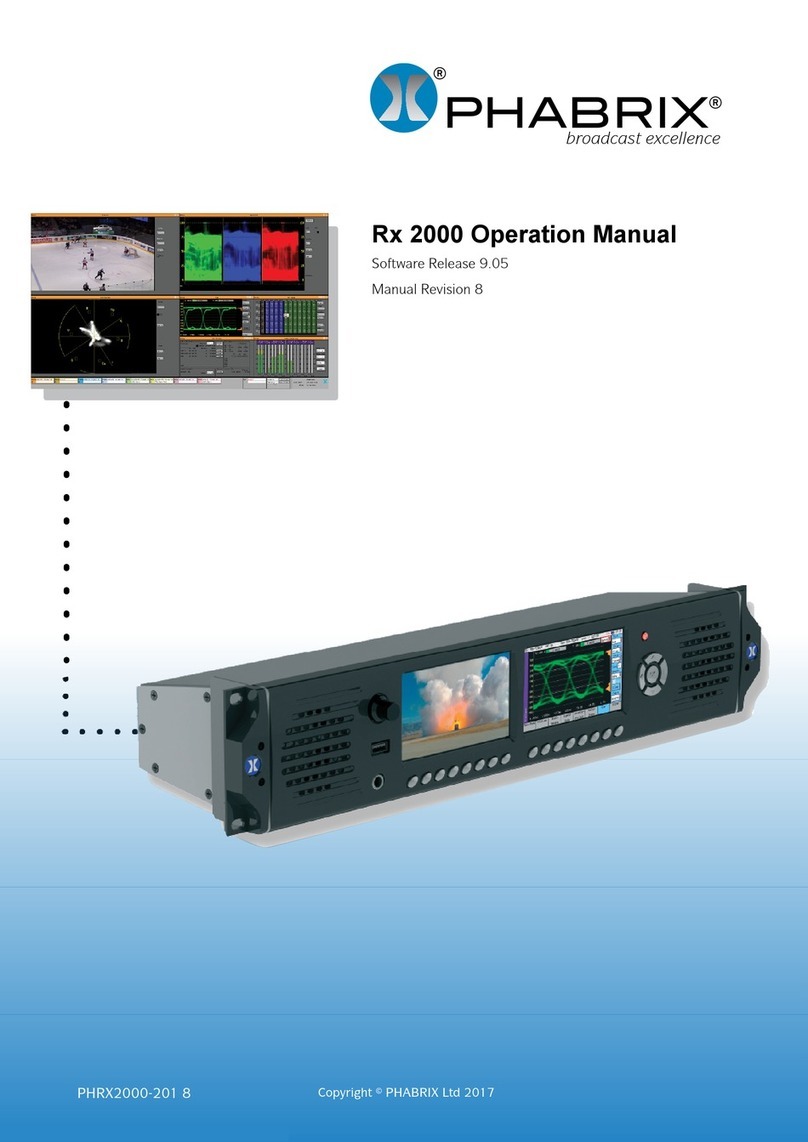Page V
Contents
Getting Started III
Package Contents....................................................................................................... III
General Safety............................................................................................................ III
Avoiding Personal Injury........................................................................................ III
Power Supply ........................................................................................................ III
How to upgrade software ........................................................................................... III
Installation Environment ............................................................................................IV
Operating Temperature .........................................................................................IV
Input/Output Terminals..........................................................................................IV
When Not In Use ...................................................................................................IV
Maintenance .........................................................................................................IV
RoHS Compliance.......................................................................................................IV
Disposal of Equipment ...............................................................................................IV
Icon display and meaning..........................................................................................VII
Overview 1
Start up....................................................................................................................... 1
Installation ............................................................................................................. 1
Analyser SDI connections....................................................................................... 1
Generator SDI connections ..................................................................................... 2
Powering up the Qx ................................................................................................ 2
Menu selection....................................................................................................... 2
Instrument Launch Menu........................................................................................ 2
Instrument Description 5
Generator - Configuration............................................................................................ 6
Pathological signal insertion................................................................................... 7
Output offset adjustment ....................................................................................... 7
Generator - Status....................................................................................................... 8
System IO (SDI)........................................................................................................... 9
Analyser - Configuration............................................................................................ 10
Stats - SDI In A, B, C, D............................................................................................. 11
Analyser - Picture ..................................................................................................... 12
Blanking Area ...................................................................................................... 12
HDR Heat-map (False Colour Overlay) ................................................................. 13
Transfer Curve and Colourimetry Overrides.......................................................... 14
Analyser - CIE Chart .................................................................................................. 14
Analyser - Waveform ................................................................................................. 15
Analyser - Vectorscope .............................................................................................. 16
Eye - SDI in A (PHQX-01E only) ................................................................................. 17
Jitter - SDI In A (PHQX-01E only) .............................................................................. 19
Analyser - Dataview................................................................................................... 20












